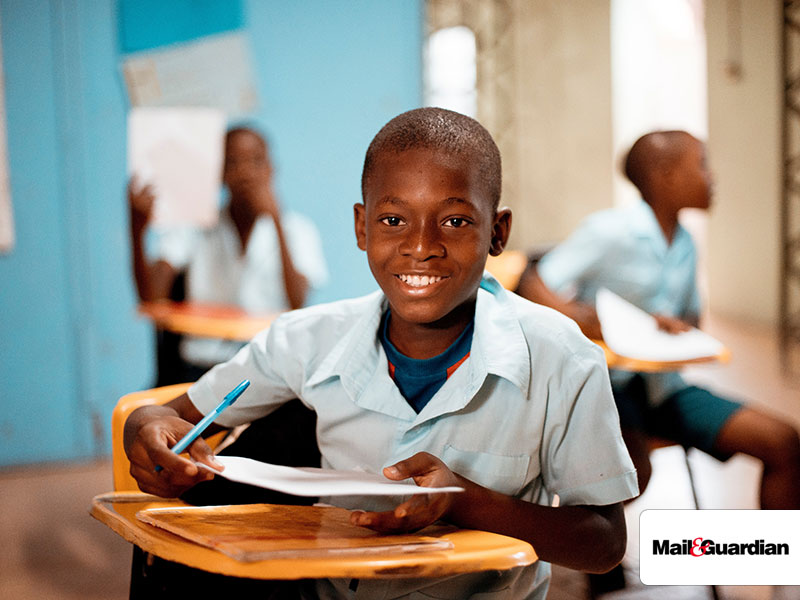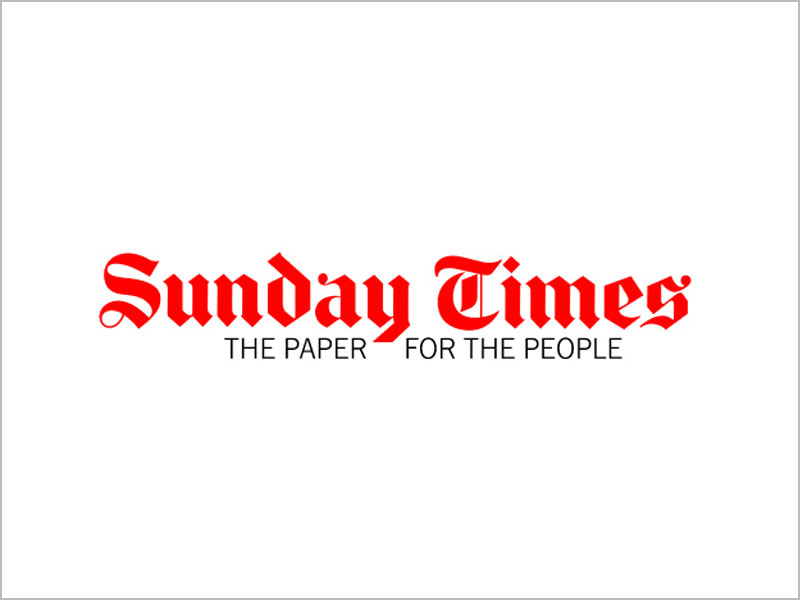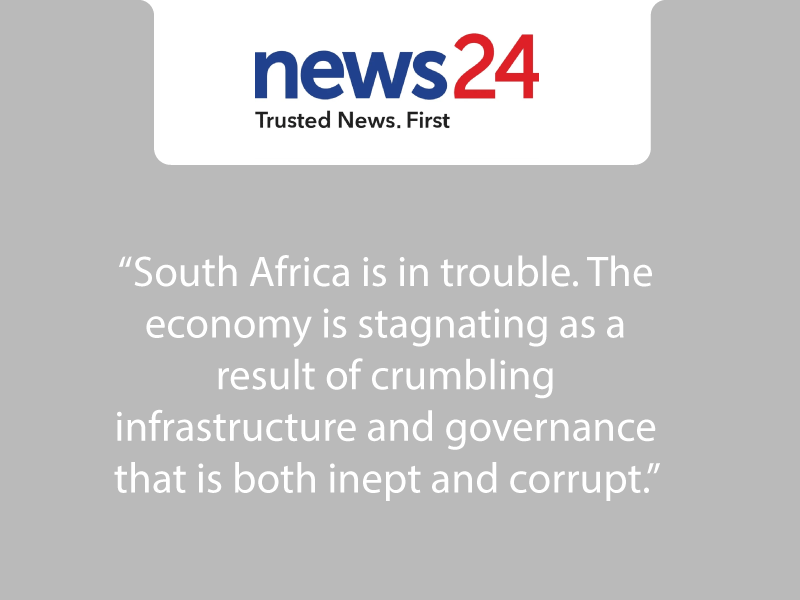
South Africa’s educational system has to deal with the legacy of apartheid. Many poorer, mainly black, households do not have access to schools with functioning maths and science departments.
Centre for Development and Enterprise research shows that almost one fifth of secondary schools do not offer senior certificate maths and science at all, while a third of the schools that do achieve pass rates between nought and 19 per cent.
About half our secondary schools offer higher grade maths, with 54 per cent of these schools achieving only 5 per cent of the country’s total number of passes.
It is not good enough that in 2003 South Africa produced 4 637 black higher grade maths passes, a mere 4 per cent of the total number of learners enrolled for matric.
Think what this means by looking at two townships, Tsakane and KwaThema, situated at the heart of the national economy in Gauteng. In 2003 they had 1 600 senior certificate passes but only 12 of these included higher grade maths.
This cannot be fixed overnight. We need to incrementally increase the country’s supply of decent educational opportunities for everyone. This will take time, as currently only 14,7 per cent of educators are qualified to teach maths and science.
However, there are steps we can take immediately to ensure that no learner with initiative and aptitude is denied an opportunity.
We propose launching a trial programme that works as follows:
An aptitude test at grade nine-level, available throughout the country on an annual basis.
Any learner with maths and science potential should be eligible for financial support to attend a school with a good delivery record in senior certificate maths and science. Money will follow learners, in that they would take their allotted public subsidy with them to the new school.
A pool of new funds will be needed for additional costs: running the aptitude tests around the country and providing boarding fees, transportation costs or both for promising learners. These should be found without increasing South Africa’s total education budget.
This is a new proposal for the redistribution of financial resources towards poor parents and learners. It will need to be thought through very carefully, and implemented experimentally.
Demand for better maths and science education will have a positive impact on the system, as schools lose or gain learners, and will provide incentives to schools to change and improve. There is international experience on which to draw. This is an ideal area for attracting private sector support and involvement.
There are other ways in which we can build on the system’s strengths to widen the circle of opportunity. One of these is to look at how schools that perform well in maths and science can share their expertise with neighbouring schools. An example of this is an initiative that was run with private sector funding by St Mary’s School for Girls in Waverley, Johannesburg. The school offered extra- mural maths and science classes to learners from Alexandra township.
Nearly 150 learners from grades nine to 12 from five Alexandra schools attended classes for a minimum of eight and a half hours every week. They received tuition in mathematics, science, accounting, English and computer literacy.
Success rates varied from year to year, but somewhere between 85 and 96 per cent of outreach students passed senior certificate maths. In 2002 the two top standard grade maths students at Alexandra High School were outreach learners.
Outreach learners achieved all five of the distinctions for maths at East Bank High School, and the majority of these top performers in neighbouring schools attended the St Mary’s programme.
The success of this project is encouraging. It offers a model that should be investigated and emulated. There is no reason why similar initiatives should not achieve the same level of success elsewhere.
We need to get much better at matching good learners with good educators and effective schools. Half the schools entering candidates for higher grade maths have failure rates of 80 per cent or more. We must stop setting up learners to fail and wasting the few resources that we have. We must ensure that the right learners write the exams.
In addition to these proposals, the Centre for Development and Enterprise recommends that the country establish a maths and science task force, co-chaired by a Cabinet minister and a senior business leader.
This task force should adopt a five-year programme and be held accountable in Parliament for delivery. The goal of the task force is simple: double the number of higher grade maths and science passes in the next five years.
We need to agree that maths and science education is the country’s top educational priority and ensure that other policies do not undermine this critical area.
We need a new strategic framework for investment, a common understanding of the challenge in a large and diverse schooling system. We need to mobilise commitment and involvement towards a common set of strategic interventions. These will aim to:
Identify all high-performing schools and find ways in which they cand play a bigger role. Link incentives to goals so that all schools are encouraged to try harder.
Increase the supply of maths and science educators and retain existing competent educators through a programme of incentives. Institute a new approach to the professional development of such educators – successful international models are available. If necessary, bring in trained educators from abroad.
Private sector, NGOs and international donors should review the support they have given to maths and science education with a view to aligning it with this new national thrust in order to achieve greater synergy and impact.
The government should review its current allocation of resources within the education budget. It should review all other education policies for their unintended impact on maths and science.
A bold response is required. A partnership between public and private sector leadership and initiative is needed if we are to succeed.
If this happens, a dramatic improvement in performance is achievable within a five-year period.
- Ann Bernstein is the executive director of the Centre for Development and Enterprise. This article is based on the CDE publication ‘From laggard to world class – reforming maths and science education in South Africa’s schools’ (November 2004).




